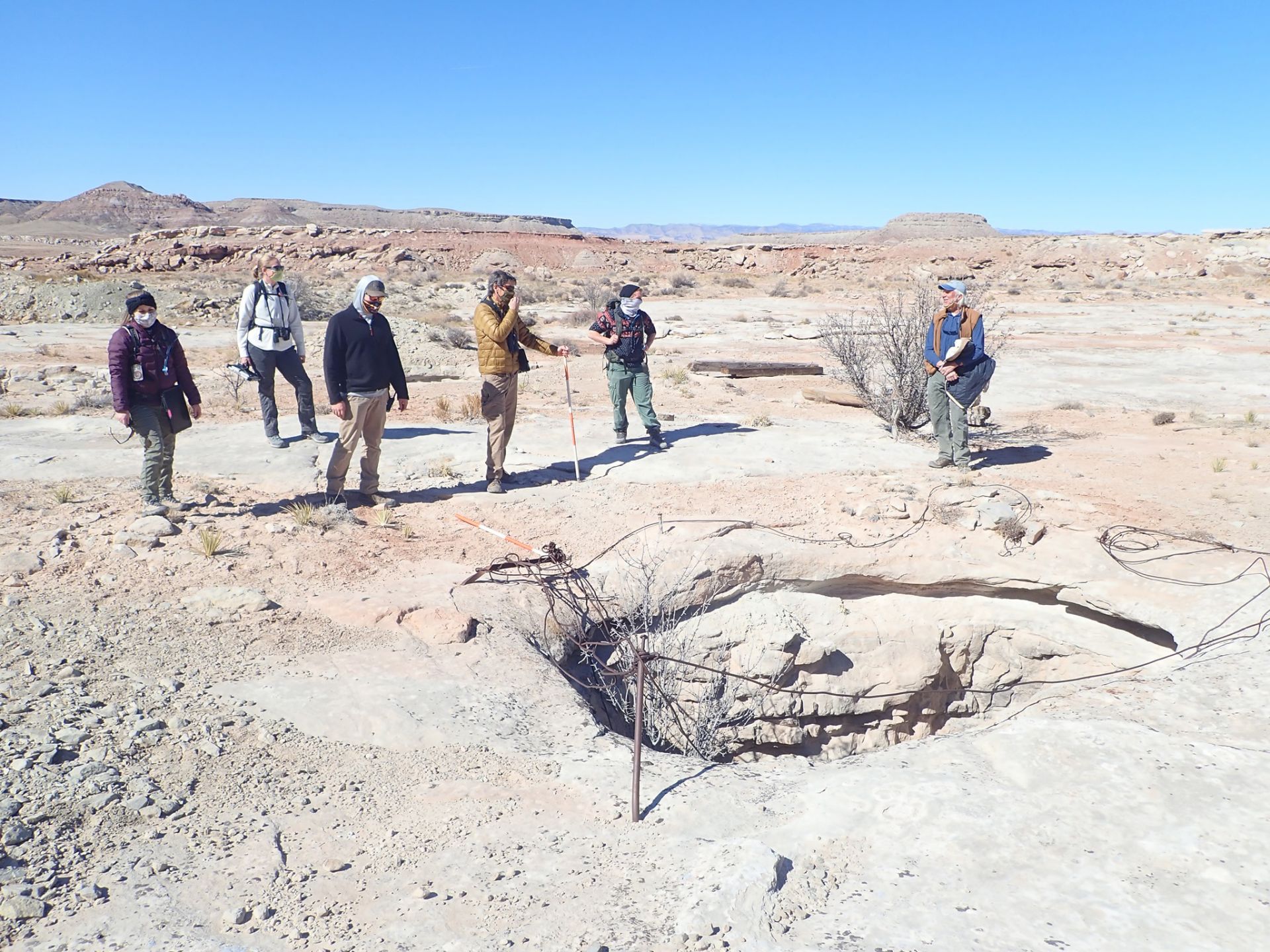A focus where it is needed

Ken Petersen
president@ans.org
The front end of the fuel cycle is getting a lot of attention lately—and it needs it. The war in Ukraine has disrupted the global supply chain for many products, nuclear fuel being one. Several countries have determined that they no longer want to rely on nuclear fuel from Russia. This can be anything from fabricated fuel including uranium, conversion, and enrichment to just enrichment.
Since the Cold War, Russia has been a major supplier of nuclear fuel to the West. Replacing Russia as the main supplier will take both time and money—a fact that has become even more clear as the small modular reactor community grows, and with it, the demand for high-assay low-enriched uranium (HALEU) for fuel.
The American Nuclear Society has been highlighting the immediacy of the fuel supply problem—which will become a crisis without immediate action—for years. In 2021, ANS wrote to Congress, urging swift action. This year, Nuclear News and ANS’s Nuclear Newswire have run a three-part series by energy writer and consultant Matt Wald on the domestic nuclear fuel shortage. The first article, “On the verge of a crisis: The U.S. nuclear fuel Gordian knot,” was published on Newswire on April 14; the second, “The U.S. nuclear fuel Gordian knot: From global supplier to vulnerable customer,” on May 19. The final piece of the series, “The U.S. nuclear fuel Gordian knot: The uncertain path forward,” was posted on September 1.


